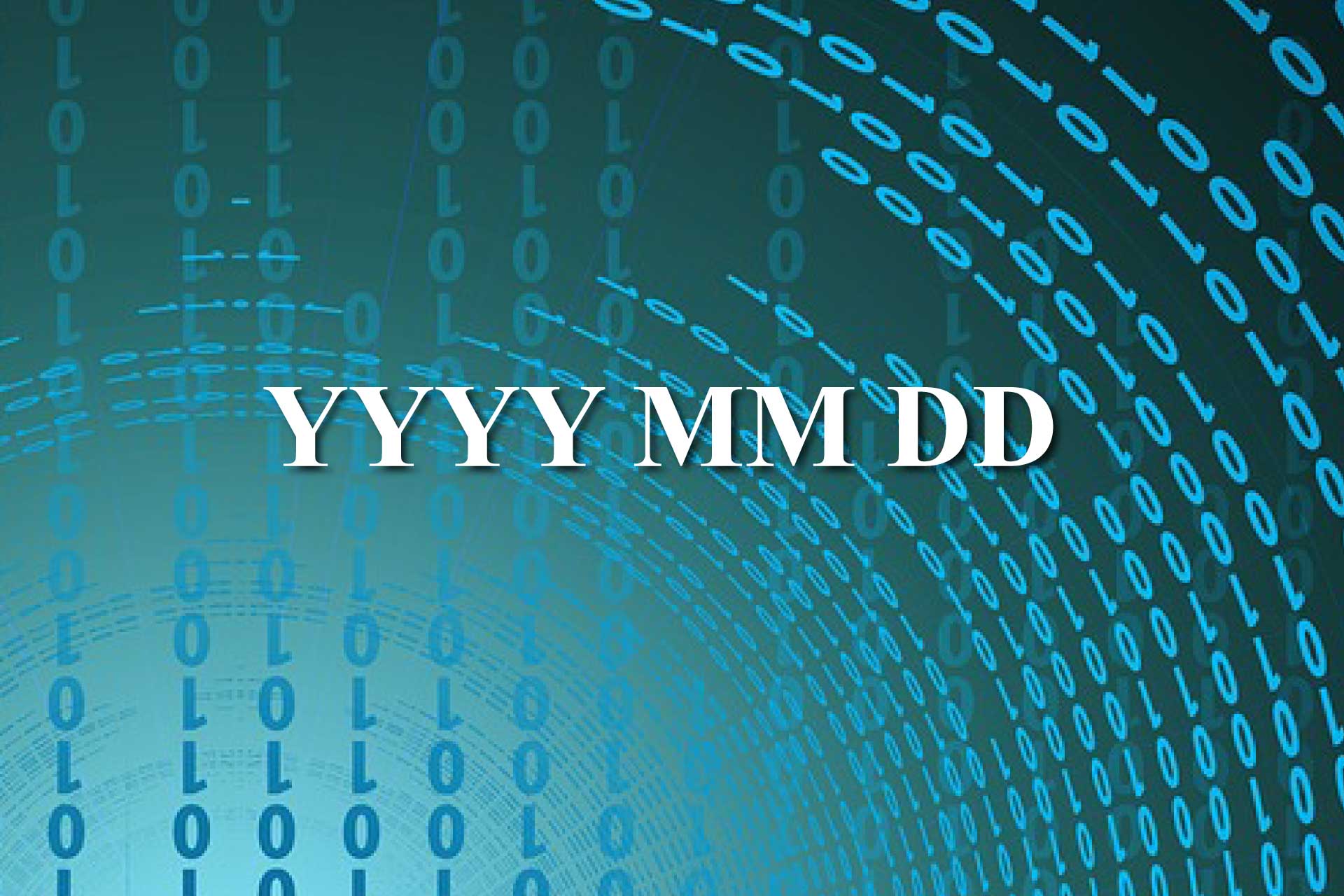Generally speaking, a time stamp is a unique identifier used to track the time of an event. But not all the time stamps are the same. Indeed, there are different formats.
What is a timestamp?
A time stamp is a sequence of characters or encoded information that identifies when a certain event occurred, usually giving a date and time of day, sometimes accurate to a small fraction of a second.
Time stamps can be used to track time in computers, networks, security systems, and elsewhere. They are often stored as time series data. More commonly, they are used in legal documents, scientific research, and data logging.
For example, in business they can be used to track the time of purchase or sale transactions. In scientific research, they help to record the time at which data was collected. But timestamping is also a key part of blockchain technology.
Moreover, time stamps are great for protecting the copyright of works and for increasing the legal value of a document. Indeed, the timestamping process allows users to generate and affix a time stamp on a digital document (contract, artwork, invoice, and so on) which is generated by a trusted third party, that is, an accredited Certifier. The affixing of the time stamp demonstrates the existence of the IT document from a certain instant, ensuring its validity over time and, as a consequence, also its property. For example, think of a graphic designer that discovers that one logo he create some times ago has been used without his permission by a company. The freelancer could enforce his rights by proving that he created that logo before publication on the company website, as long as he timestamped the logo file at the time of its creation.
Different formats of the time stamp
There are three main time stamp formats:
1) Local time
Local time is the time of day as it is shown on clocks and watches. It is typically displayed in YYYY MM DD plus HH MM SS ( “2022/10/25 9:00 pm”). It is specific to a particular time zone and can be converted to other time zones. It is useful for keeping track of events that occur within a specific time zone, but it can be difficult to compare local times across different time zones.
2) Data time
Data time is a time zone-independent time format that is commonly used in computer systems. It is usually expressed as a number of seconds or milliseconds since a specific point in time, called the epoch. The most common epoch is January 1, 1970, 00:00:00 UTC. As you can see, it is typically displayed in Coordinated Universal Time (UTC) or Greenwich Mean Time (GMT). UTC and GMT are time zones that are not affected by daylight saving time.
Data time can be converted to local time and it is useful for comparing events that occur across different time zones.
3) Universal time
Universal time is a time zone-independent time format that is used in astronomy and some other sciences. It is typically displayed in UTC or GMT and it is usually expressed as a number of days, hours, minutes and seconds since a specific point in time, called the Julian day. Also Universal time can be converted to local time and it is useful for comparing events that occur across different time zones.
Different formats of time stamp file for digital documents
In practice, the affixing of a time stamp to a digital document consists in the creation of a file that contains the time stamp itself. This file can be attached to the document or the information can be part of it.
The time stamp file can have one of these formats:
- TSR format
It is the simplest one. It contains only the imprint of the file (ie the sequence of characters) and the electronic evidence of the timestamping. To verify a TSR file you need the original file. - M7M format
It contains both the timestamp evidence (the TSR file) and the timestamped file. - TSD format
It contains both the timestamp evidence (the TSR file) and the timestamped file. Unlike the M7M format, the TSD format complies with widely recognized standards. For this reason, it is preferable. - PDF format
It is the best-known and most-used format because it gives the possibility to incorporate both the digital signature and the time stamp. However, unlike other formats, it is not possible to carry out the time stamp after an electronic signature. For a PDF file to remain legible with PDF readers, the electronic signature and the time stamp must be performed at the same time.
Timestamping: Namirial’s solution for you
Does the timestamping sound difficult to you? Don’t worry: Namirial has what you need to give a legally valid time and date to your digital documents.
In fact, all Namirial’s time stamps are valid in the European Union, according to the eIDAS regulation, even without a signature.
Moreover, they are easy to use. All you have to do is to select the document on which you want to place the time stamp and choose the format. You can also use the Signature and Brand functionality.
Time stamps are available in different packages:
- Pack of 100 time stamps
- Pack of 500 time stamps
- Pack of 1000 time stamps
- Pack of 5000 time stamps








